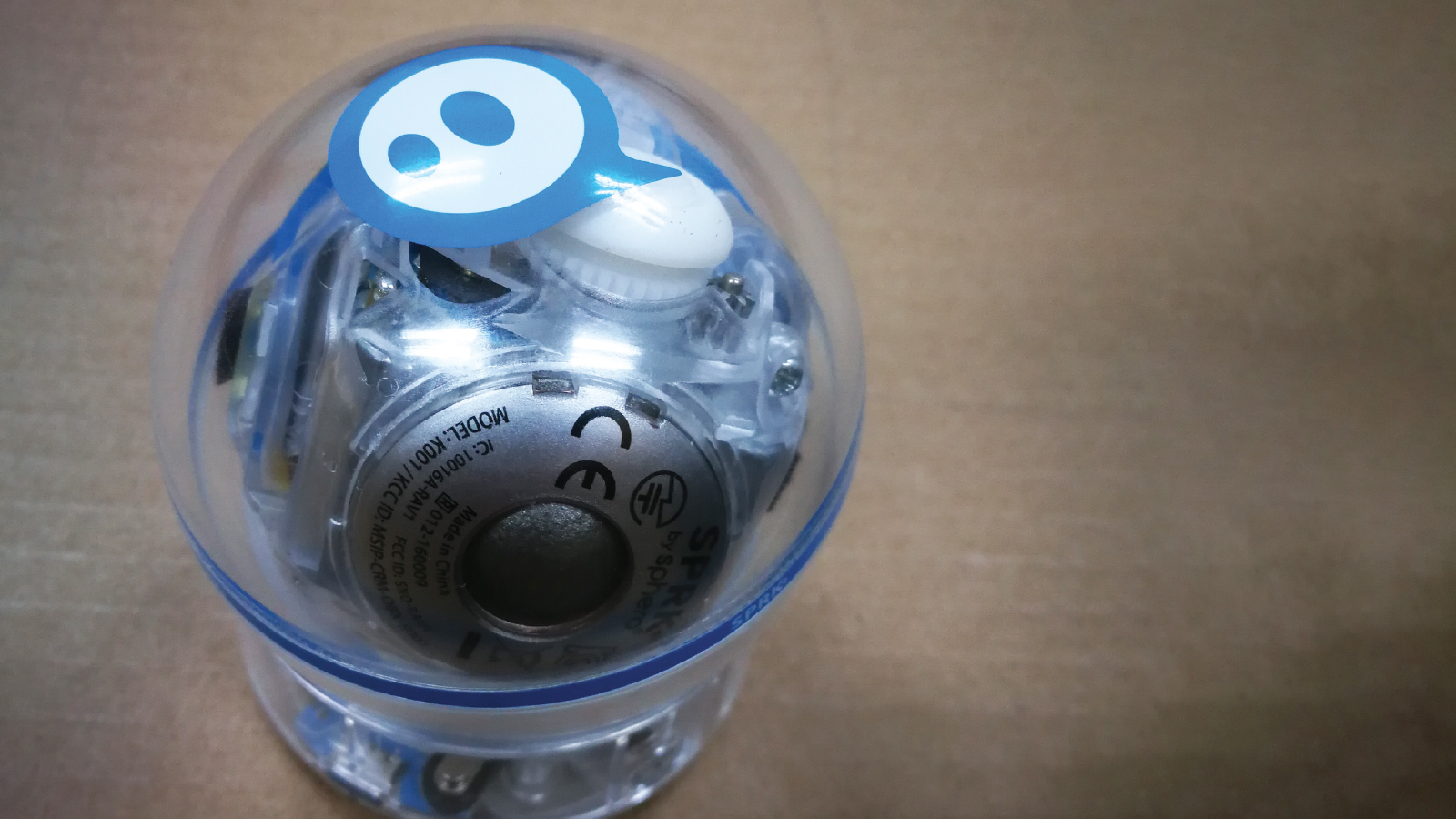Citizen Science
Advance technology literacy and bring learners’ 21st-century skills up to code with the Hour of Code!
By JILL NUGENT
Collaborative science projects you can join
Collaborative science projects you can join
Collaborative science projects you can join
Interdisciplinary Ideas
Integrating nonfiction chapter books into a science unit
Integrating nonfiction chapter books into a science unit
By KATIE COPPENS
Bringing other subjects into the classroom
Bringing other subjects into the classroom
Bringing other subjects into the classroom
Teacher's Toolkit
Science Buddies
By LINDA SMITH
How-to strategies and classroom management tips
How-to strategies and classroom management tips
How-to strategies and classroom management tips
Science for All
Using technology to sensitively and sensibly meet students' needs in the science classroom
By KAITLYN MCGLYNN AND JANEY KELLY
Strategies for increasing student engagement
Strategies for increasing student engagement
Strategies for increasing student engagement
Making in the Middle
The SDM Finger
By SARA BERNDT, MAXWELL HERMAN, CONOR WALSH, AND DONAL HOLLAND
Exploring makerspaces, engineering, and more
Exploring makerspaces, engineering, and more
Exploring makerspaces, engineering, and more
Integrating Tech
Making Science Come Alive With Clouds
Making Science Come Alive With Clouds ( Issue 1)
By MARILÉ COLÓN ROBLES, JEFFREY BOUWMAN, AND CARYN SMITH-LONG
Hardware, software, and websites for use in the classroom
Hardware, software, and websites for use in the classroom
Hardware, software, and websites for use in the classroom
Blended Learning in the Science Classroom
Blended Learning in the Science Classroom
By LAUREN ANGELONE
An introduction to atoms and molecules
An introduction to atoms and molecules
An introduction to atoms and molecules
Integrating Technology
Sphero Robots and the Periodic Table
Science Scope—April/May 2019 (Volume 43, Issue 4)
By CHRISTINE HERALD

Students review the periodic table by coding robots.
Students review the periodic table by coding robots.
Students review the periodic table by coding robots.
Globalize Your Classroom
By ALEXANDRA OWENS AND REBECCA HITE
Employing global collaboration to develop student communication skills using the water cycle
Employing global collaboration to develop student communication skills using the water cycle
Employing global collaboration to develop student communication skills using the water cycle
Working with Your Team
By Sharon Delesbore
Posted on 2019-10-30

Why must we meet so much as a physics team when I need time alone to prepare for my classes?
—M., Indiana
Regularly meeting as a collaborative team, department, or content area is extremely beneficial to teachers and, most importantly, essential to the outcome of student success. When science teachers collaborate, it allows for what I call the 3Ds: Design, Dig, and Discuss. Collaborating allows science teachers to design lessons together. It is much easier to create and assess assignments, projects and laboratory activities that engage and evaluate the learning of students as you ensure that your group meets the performance expectations of the curriculum. Common planning and common assignments create opportunities to dig through data together to determine which instructional strategies effectively enhance the student experience. This helps you and your team understand your students’ processing and thinking and discover patterns and trends in student learning. You can clarify misconceptions. Coming together as a team enriches our practice as we discuss student work. Analyzing student work helps the team identify where students are in their learning. You may notice something that your colleagues do not and vice versa; the feedback can help to guide your instruction. When we take these conversations into the classroom with our students, our learners get the opportunity to see exemplars and understand what “meet performance expectations” actually does or does not look like. As our ultimate goal of teaching is student ownership of earning, we must start with the fundamentals of collaboration. The more teachers plan, the more they learn how to best serve their students.
Image by geralt from Pixabay

Why must we meet so much as a physics team when I need time alone to prepare for my classes?
—M., Indiana


